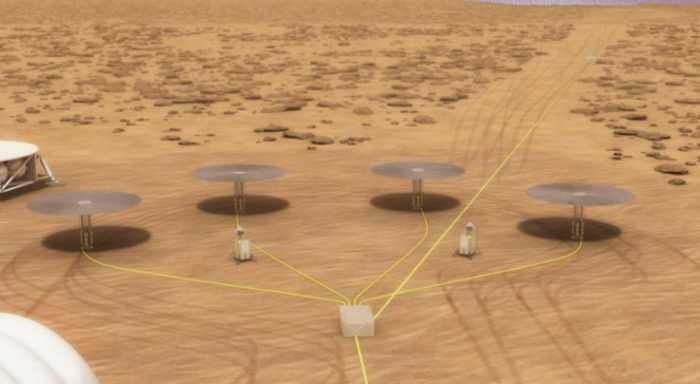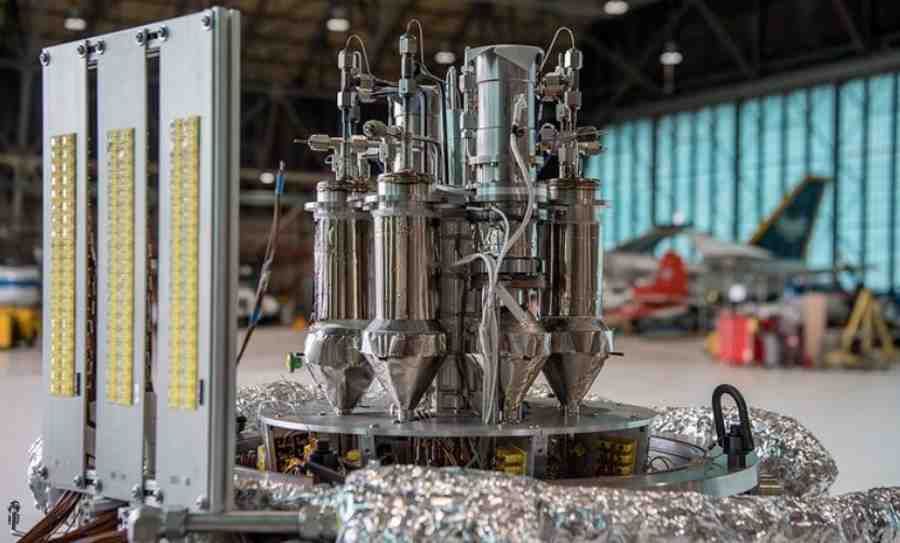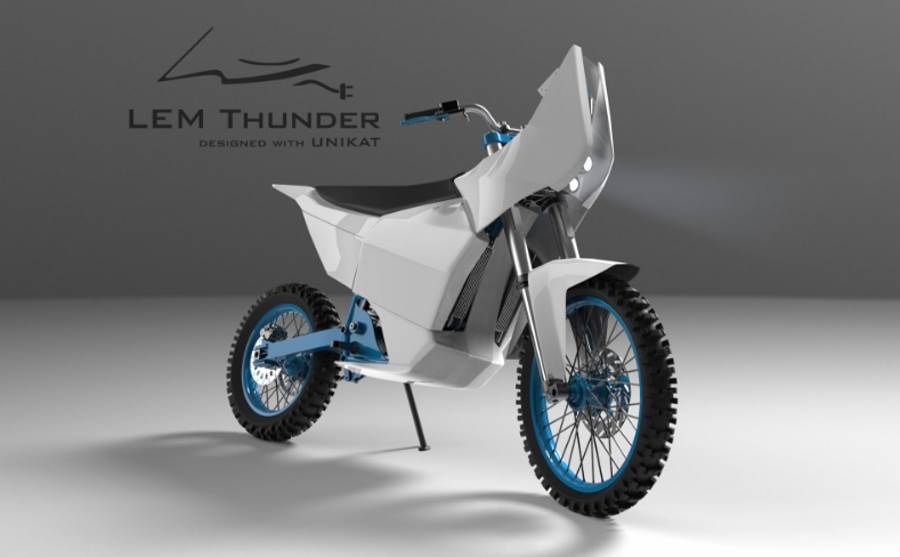NASA has demonstrated Kilopower, a nuclear reactor that could transform space missions
NASA has demonstrated Kilopower – a nuclear reactor that could transform space missions
NASA has demonstrated a system of small-scale nuclear reactors that could enable long-duration manned missions to the moon, Mars and other places in space. The Kilopower system is the first step toward providing astroanauts with energy at future bases beyond Earth.
At the announced press conference, whichoheld on May 2, NASA representatives presented the results of an experimentow with the so-called. Kilopower system. It is a new nuclear reactor system designed for space missions. Kilopower can ensure safe and efficient space exploration.
„Kilopower can provide a safe and efficient power delivery system for future robotic and manned missions to the Moon, Mars and for further space exploration” – wrote NASA in a statement. This is to be a solution thatore will enable humans to explore other worldsow.
Work on the Kilopower reactor projectoIn nuclear to subrospace veins have been underway since 2015, although proby adaptations of the reactoroin nuclear to subrospace veins have a longer history. Work has intensified in recent years. A test reactor called KRUSTY (Kilopower Reactor Using Stirling Technology) was built last September.
Tests conducted from November of last year to March of this year went unexpectedly well. During the full power test, a real mission was simulated: reactor startup, reaching full power, stable operation and shutdown. The test lasted 28 hours. During the testoconditions such as damaged engines, heat pipes and power reduction have also been simulated in the. The system has dealt with a number of failures and shown that it can operate efficiently in harsh environments.
– A safe and efficient reactor will be the key to future space exploration. I expect the Kilopower project to be an essential part of the lunar and Martian energy architecture – NASA’s Jim Reuter said.
CRUSTY, ktory is the work of scientistsow with Glenn Research Center, Marshall Space Flight Center and Los Alamos National Laboratory, has about twooch meteroin height and has a core containing uranium 235 about the size of a towel rolloin paper. It can deliver up to 10 kilowattsoin electricity – is power enough to power several households. Its tworicians assure that it can operate without problemsoin for 10 years. Four such units of the Kilopower system would provide enough power to establish an outpostowki.
According to Marc Gibson, an engineer involved in the Kilopower project, this power system is ideal for the Moon. – Kilopower gives us the ability to use much more power and explore shadowy cratersoat the moon,” admitted the researcher.
The system uses heat generated by nuclear fission of uranium to drive the Sterling engine – A heat engine that converts thermal energy into mechanical energy without the process of internal combustion of fuel. The reactor operates at temperatures up to 800 degrees Celsius. Celsius producing enough heat to generate a kilowatt of power – hence the name Kilopower.
Such a source ofoThe energy dish available beyond Earth opens up entirely new possibilities for space exploration. Using solar energy on the Moon or Mars poses many problemsow. On Mars you have to reckon with dust storms, whichowhich can make it impossible to generate energy even for long weeks. Plus, the sun’s solar rays are much weaker there.

Artist’s vision of four reactorsoAt Kilopower on Mars. Photo. NASA
– When we go to the Moon or Mars we will need reliable and safe sources,” said Gibsonode sources of energy independent of the sun – noted Reuter. However, the problem is that it takes a lot of knowledge to install the device, so astronautolots of science ahead.
The spent reactors are likely to stay where they are, but NASA engineers assure that the waste generated by the Kilopwer system is very limited and the area wokoThe device will not be contaminated.
The Kilopower project is still under development and remains part of the Game Changing Development program. NASA has announced further tests of the device already in space.


